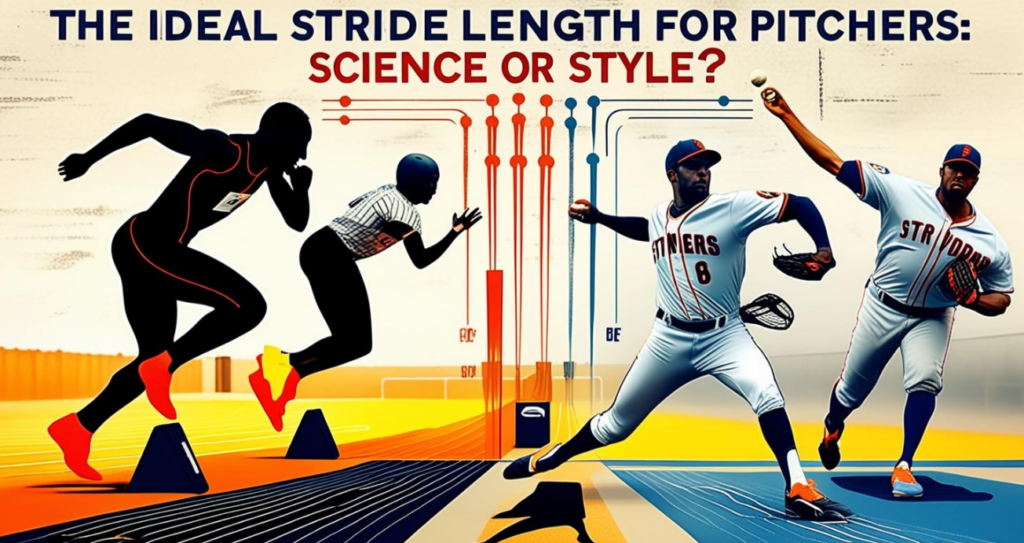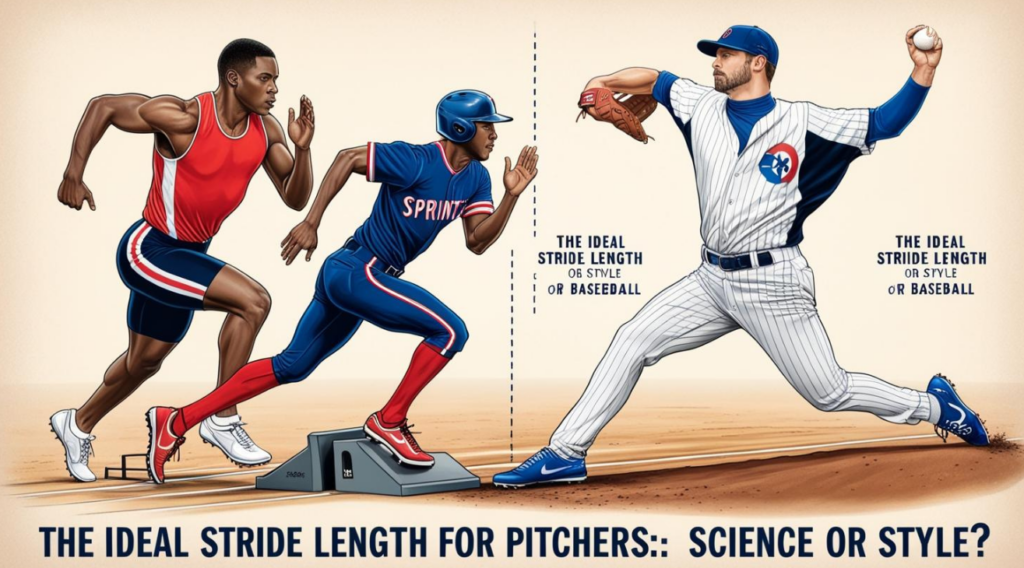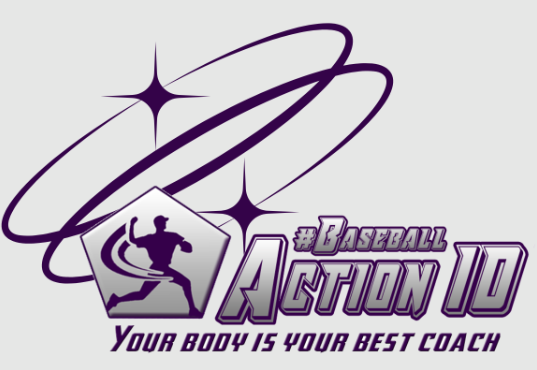The Ideal Stride Length for Pitchers: Science or Style?

When it comes to pitching mechanics, one question often comes up — what is the ideal stride length for pitchers?
While many coaches and researchers have tried to pinpoint a universal answer, the truth is more nuanced.
Stride length isn’t a one-size-fits-all measurement; instead, it’s closely tied to an athlete’s motor preferences and natural movement patterns.
Understanding Motor Preferences
Athletes are typically categorized based on their dominant muscle chains — posterior or anterior — and these differences heavily influence stride length.
Posterior Chain Dominant Athletes
- Tend to take longer strides.
- Initiate movement from the upper body with a dynamic, rhythmic style.
- Exhibit smoother, more fluid motion.
Anterior Chain Dominant Athletes
- Typically take shorter steps.
- Start movement from the lower body, driven by concentric dynamics.
- Display a more compact and explosive motion.
Lessons from Sprinting Legends
To illustrate these differences, we can look at elite sprinters. Carl Lewis and Michael Johnson, both anterior chain dominant, had shorter strides and relied on a more compact, upright running posture. Johnson, for instance, earned the nickname ‘The Statue’ due to his straight upper body while running. Their stride lengths ranged between 117%-120% of their height.
In contrast, Usain Bolt, a posterior chain dominant athlete, utilized longer strides — up to 147% of his body length — driven by his dynamic, rhythmic style.
Despite these differences, all three sprinters are World Champions, Olympic Gold Medalists, and World Record holders, proving that multiple movement strategies can lead to peak performance.
What Does This Mean for Pitchers?
Pitchers, like sprinters, have unique movement patterns dictated by their motor preferences. Attempting to standardize stride length without considering these preferences can limit performance and potentially increase injury risk.
Instead, recognizing whether a pitcher is Posterior or Anterior chain dominant allows coaches to tailor individual programs to amplify natural strengths.
Key Takeaways for Coaches and Trainers
- Analyze Movement Patterns: Understand whether an athlete is posterior or anterior dominant.
- Respect Individual Mechanics: Don’t force a specific stride length; instead, work within the athlete’s natural movement blueprint.
- Optimize Individual Training Programs: Build strength and flexibility based on motor preferences to enhance performance and prevent injuries.
Final Thoughts
Rather than searching for a universal answer to stride length, the focus should be understanding and respecting natural movement patterns.
This approach maximizes performance, ensures longevity, and reduces the risk of injury.
Let’s coach smarter by embracing individuality in Movement Patterns!

